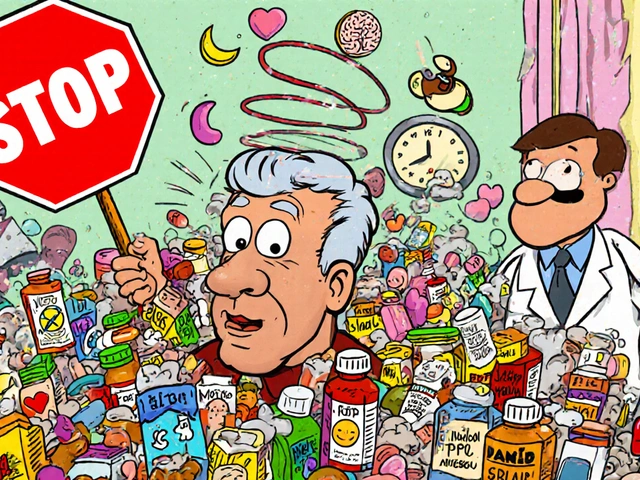Sunburn Relief Tips You Can Start Using Right Now
Got a painful red patch after a day in the sun? You’re not alone. Most of us forget to reapply sunscreen or stay out too long, and the next thing you know you’re dealing with itching, swelling, and that uncomfortable sting. The good news is you don’t need a pharmacy visit for every burn. A handful of simple steps can calm the pain and jump‑start healing.
Cool Down Fast with Home Remedies
The first thing you want to do is bring the temperature of your skin down. Run cool (not ice‑cold) water over the affected area for a few minutes, or gently dab a cool, wet cloth on it. This narrows blood vessels and reduces the heat that’s causing the pain. If you have a clean washcloth, soak it in cool water, wring it out, and place it on the burn for 15‑20 minutes. Repeat a couple of times a day.
After cooling, add moisture. Aloe vera gel is the classic go‑to because it contains soothing compounds and helps the skin retain water. Just make sure you use a pure gel, not one loaded with perfume. If aloe isn’t on hand, a thin layer of unscented moisturizer or a dairy‑free, fragrance‑free lotion works too. Apply it while the skin is still slightly damp; that locks in moisture and eases the tight feeling.
Another fast‑acting option is a cold milk compress. Soak a clean cloth in chilled milk, wring out excess, and lay it on the sunburn. The protein and fat in milk help draw heat out and calm irritation. Keep the compress on for about 10 minutes, then rinse with cool water.
Protect the Healing Skin
While your skin is repairing, keep it covered from further sun exposure. Wear loose, breathable clothing that doesn’t rub the burn. If you must go outside, use a broad‑spectrum sunscreen with at least SPF 30, and reapply every two hours. Even on cloudy days, UV rays can penetrate and make the burn worse.
Stay hydrated. Sunburn draws fluid to the skin’s surface, so drinking plenty of water helps replenish what you lose. Aim for at least eight glasses a day, and add electrolytes if you’re sweating heavily.
If the pain is keeping you up at night, an over‑the‑counter anti‑inflammatory like ibuprofen can reduce swelling and discomfort. Follow the dosage instructions on the label and avoid aspirin if you have a stomach issue.
When to Call a Doctor
Most mild sunburns heal on their own, but there are red flags. If you notice blisters larger than a quarter‑inch, a fever over 101°F (38.3°C), extreme swelling, or signs of infection such as pus or increasing redness, seek medical help. Also, if the burn covers a large area of your body, or you feel dizzy, confused, or nauseous, get professional care immediately.
For people with darker skin tones, sunburn can look different—often as a painful, darkened patch. Even if it doesn’t turn bright red, the same cooling and moisturizing steps apply, and you still want to watch for infection signs.
Bottom line: act fast, keep the skin cool and moist, protect it from more sun, and know when the burn needs a doctor’s eye. With these sunburn relief tips, you’ll be back to feeling normal in a few days without extra hassle.

Sunburn Relief at Home: Aloe Vera, Cold Compresses, and What Really Works (2025 Guide)
Sunburn hurts now. Here’s what actually eases pain fast: aloe vera, cold compresses, soothing baths, and what to avoid. Evidence-backed tips, Aussie-savvy advice.




